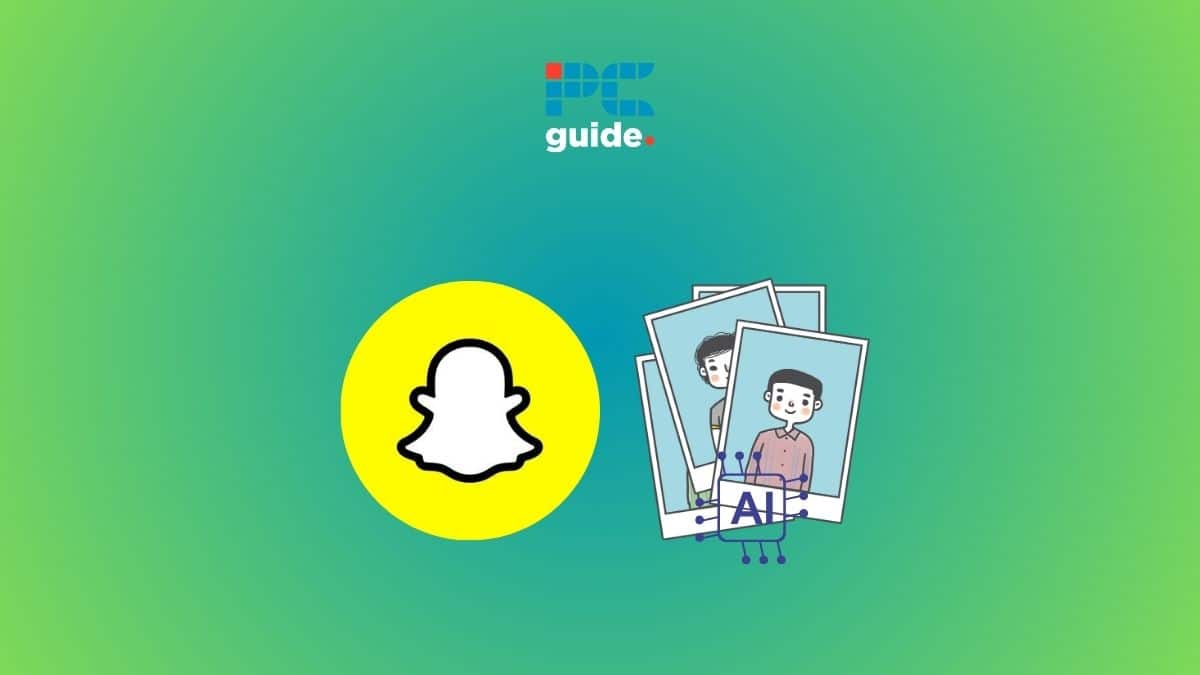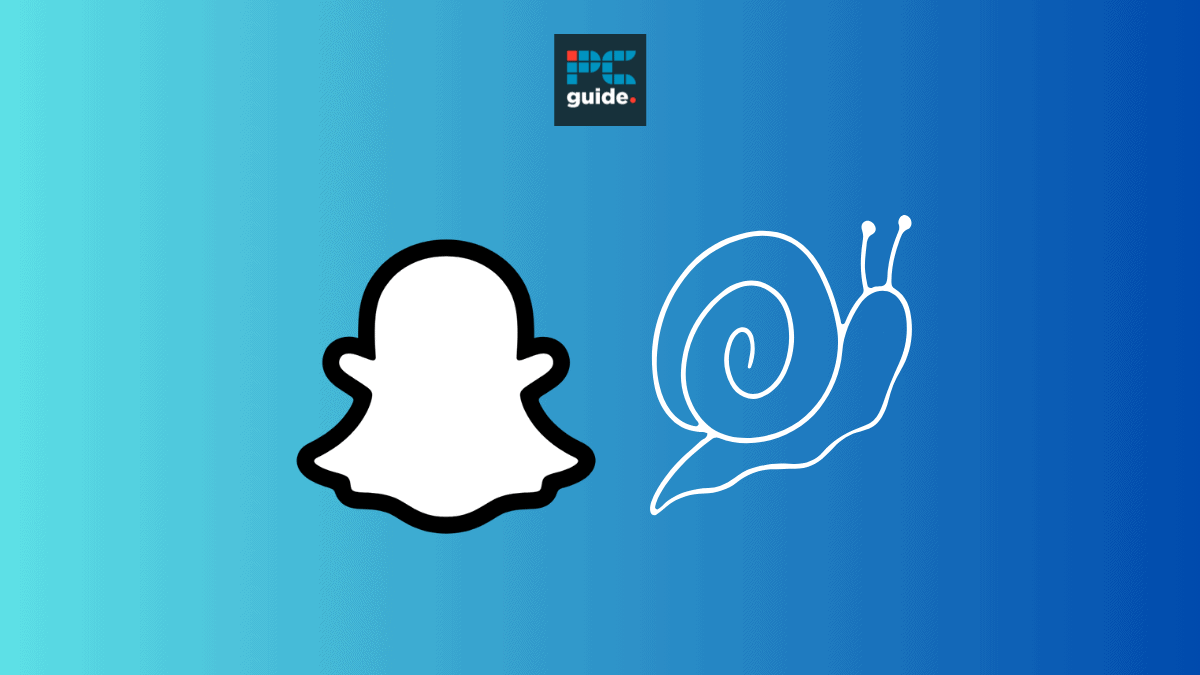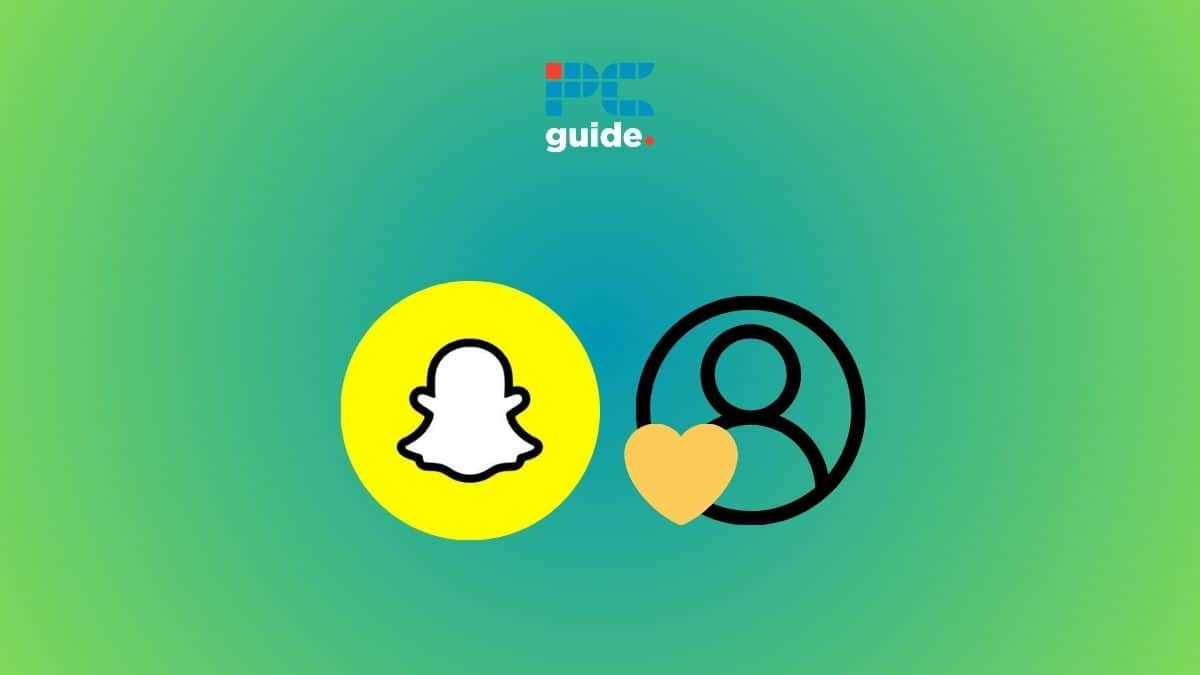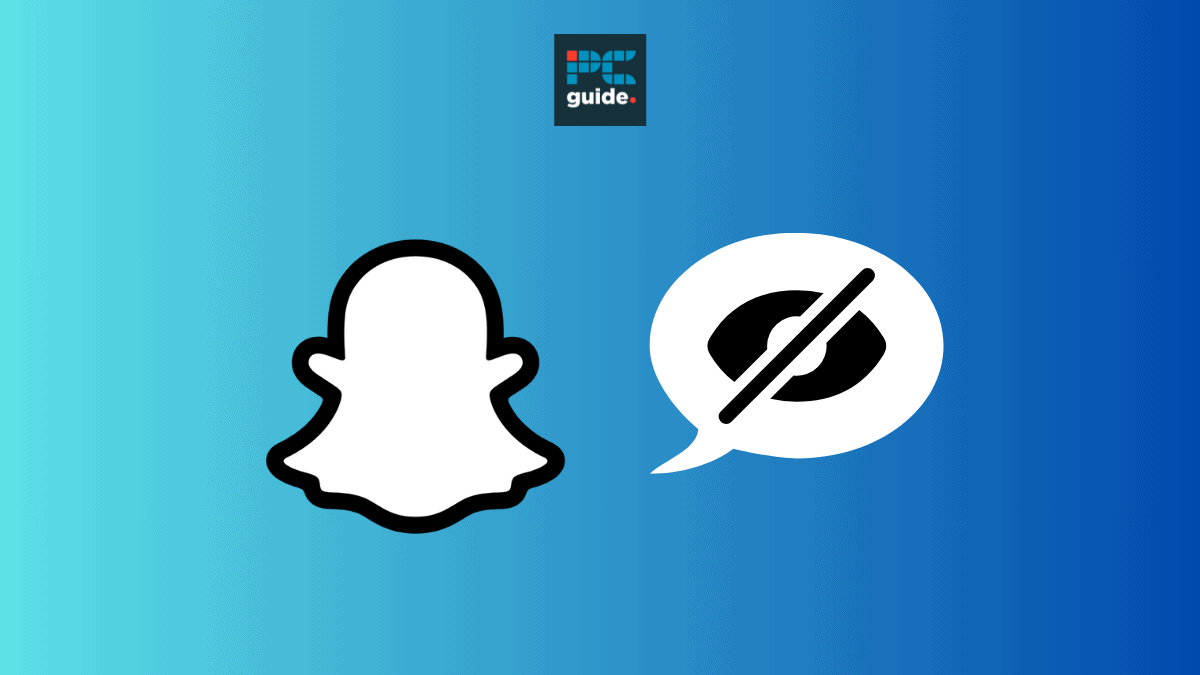Chatbots are becoming increasingly popular in customer service, healthcare, and education industries. They use artificial intelligence to interact with users via text or voice and can perform a wide range of tasks.
However, there are certain things that chatbots cannot do. In this article, we’ll explore some of the limitations of these AI-powered services.
Limitations of Chatbots
Understand Complex Emotions
One of the things that chatbots can’t do is understand complex emotions. While they can recognize basic emotions such as happiness, sadness, and anger, they cannot pick up on more nuanced emotions such as sarcasm, irony, or empathy. This can make it difficult for chatbots to provide personalized responses in certain situations.
Deviate from Programmed Responses
Another limitation of chatbots is that they cannot deviate from their programmed responses. Chatbots are designed to respond to specific keywords or phrases and provide pre-programmed responses based on those inputs. They cannot respond to unexpected questions or provide customized responses that are not part of their programming.
Provide Human-Like Conversation
While chatbots are becoming more sophisticated, they cannot provide human-like conversation. They may struggle with understanding context or maintaining a natural flow of conversation. This can make it difficult for users to feel engaged and connected to the chatbot.
Handle Complex Tasks
Chatbots are best suited for handling simple and repetitive tasks. They may struggle with complex tasks requiring human judgment or decision-making skills.
For instance, a chatbot may be able to answer basic questions about a product or service, but it may not be able to provide in-depth technical support.
Interpret Unstructured Data
Chatbots rely on structured data to perform their tasks. They may struggle with interpreting unstructured data such as images or video. This can limit their ability to provide accurate responses or recommendations in certain situations.
Provide Physical Assistance
While chatbots can provide assistance and information via text or voice, they cannot provide physical assistance. For example, a chatbot cannot physically help you with household chores or run errands. This limits their usefulness in certain situations where physical assistance is required.
Replace Human Interaction Entirely
Finally, it’s important to note that chatbots cannot replace human interaction entirely. While they can be useful for performing certain tasks, they cannot provide the same empathy, understanding, and creativity humans can. It’s important to balance the use of chatbots and human interaction to ensure the best possible outcomes for users.
Make Moral Judgments
Chatbots are not capable of making moral judgments or ethical decisions. They cannot distinguish between right and wrong or weigh the consequences of their actions. It means they may struggle with specific tasks requiring moral or ethical considerations.
Learn from Their Mistakes
While services like Chat GPT can learn from their interactions with users and improve their responses over time, they cannot learn from their mistakes as humans can. They cannot reflect on their actions or identify areas for improvement on their own.
Replace the Need for Human Employees
While chatbots can be useful for automating certain tasks, they cannot replace the need for human employees entirely. They may be able to handle simple tasks.
But more complex tasks may require the expertise and judgment of a human employee. Additionally, human employees are better equipped to handle situations that require empathy, creativity, and complex problem-solving skills.
Conclusion
Chatbots have many useful applications and can perform a wide range of tasks. However, they also have certain limitations that should be taken into account.
These services cannot understand complex emotions, deviate from programmed responses, provide human-like conversation, handle complex tasks, interpret unstructured data, provide physical assistance, or replace human interaction entirely.
By understanding these limitations, we can ensure that we use chatbots most effectively and maximize their benefits while minimizing their limitations.






